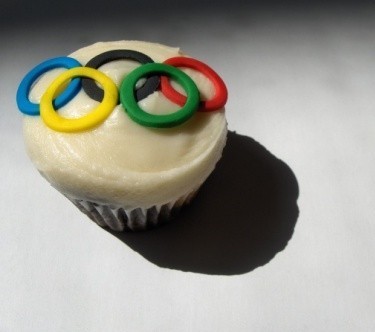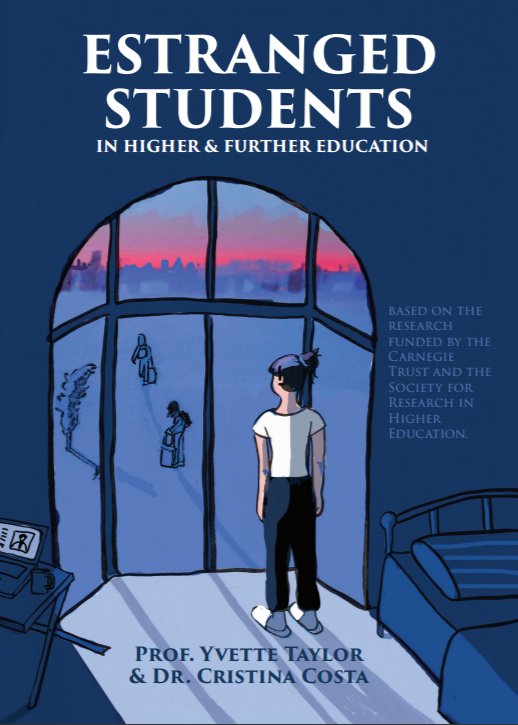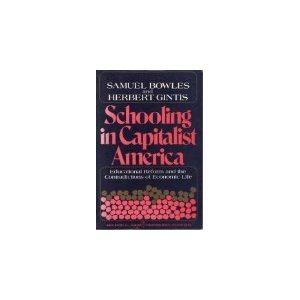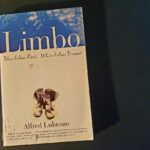By Joan Forbes and Gaby Weiner
Published ahead of the Commonwealth Games 2014 in Glasgow, a survey by the Office for Standards in Education, Children’s Services and Skills in England: Going the Extra Mile: Excellence in competitive school sport reported that two-thirds of England’s elite athletes, Olympic medallists in 2012, were educated in the elite and private schooling sector.
At the 2012 London Olympic Games 41 per cent of UK medallists were educated in the private sector. The percentage of privately educated pupils is 7% in England, and just under 5% in Scotland.
Ofsted report that in the 35 state schools in England surveyed ‘the picture was very mixed’. Some state schools visited ‘were matching the success seen in some of the best schools in the independent sector’, while in ‘many [state] schools … the quality of competitive sport was average at best and in a significant number it was weak’.
Using two categories: ‘Values, culture and expectation’ and ‘Resources structures and approaches that support sporting excellence’, the report’s authors then construct an argument for state schools to improve at sports. The argument founded on 23 factors for sporting success which Ofsted inspectors found in ten independent schools visited.
One ‘values category’ factor is made key in the report: competition in the form of winning performers and in teams is construed as central and essential. Sport is expressly valued by the inspection team for its competitive nature – for the performance and reinforcement of competitive values and practices across schooling more broadly.
That Olympic success emerges as the product of particular ‘resources and structures’ intersectionalities viz.: economic wealth, social class, and gender remains underexplored. The Extra Mile disregards the (structural) effects of economic wealth and financial advantage and the physical resource (including elite sporting facilities and grounds) as essential factors.
A second ‘values category’ factor construed as pivotal in fee-charging schools’ sporting success is ‘attitude’. Un-noted are several other salient factors: the disparity between state/private sector schools in quality and amount of sports’ resources; and the widening gap in choices and opportunities to access sports training facilities and playing fields – or to learn elite sports such as rowing, sailing and equestrian. Nor is it recognised that ‘resource category’, access and opportunity inequality has actually intensified in England due to the sell-off of state school playing fields from the 1980s onwards.
As well as not recognising wealth and class as ‘structures’, the report does not recognise gender. Unremarked upon is that sport is a highly gendered activity and that girls’ engagement in sport and fitness tends to focus more on body maintenance, than on competitive elite sports, and associated events and spectacles, such as the Olympics, and their surrounding culture.
Our studies in the Scottish Independent Schools Project have found some of the Ofsted ‘values factors’ to be significant in sport, athleticism and physical education culture and practices in private schooling. However, we would argue that alternative frames to those used to survey school sport are central to better understand the focus of this debate: what are the pedagogical social practices that produce Olympic medallists? And that frames likely to offer fruitful analytical purpose should not through any categorical or semantic sleights of hand downplay the potential centrality of ‘resources, structures and approaches’.
Social theory applied
To understand how elite athletes are produced we found that the principles underpinning the schooling and wider socio-cultural arrangements relating to wealth, class, gender, dis/ability, ethnicity, religion and so forth which produce – or do not – elite athletes in particular sports’ disciplines must be examined. Thus, questions of structure and resource are central and cannot be made categorically or semantically peripheral.
On the contrary, the geo-politics of the intersectional socio-cultural structures and resourcing and approaches principles involved needs to be understood. And therefore, social theory (rather than e.g. survey method) should be used. Accordingly, our independent schooling research has drawn widely on ideas and principles in social theory.
For example, using Bourdieuian social and multiple capitals theory, our data analysis on sport and physical education found that in the current post-welfare, neo-liberalizing educational climate, independent schools aim to offer a distinctive form of educational provision to a particular market niche using sport as a key element in schools’ symbolic capital, reputation and branding.
Applying Bourdieuian capitals theory, and spatio-temporalities theory together with Foucauldian theorizations of power, we found that gender is a major axis of differentiation in sport, especially as regards participation and the availability of competitive sporting opportunities to girls and young women. In the schools in our research, girls’ team sports were undervalued with less – and more marginal – space devoted to girls’ hockey than to, for example, boys’ rugby.
Drawing on social theory on affect and agency, our research uncovered particular discourses and practices surrounding girls’ physical education in elite schooling on girls’ healthy embodiments. Through self-selected and tailored ‘body maintenance’ activities in non-competitive social groups and opting into team and individual games, girls learn ‘confidence in movement’ and ‘how to move properly’. We found that this non-competitive gender-aware and appropriately gender-inflected ‘body’ programme produces in girls high levels of assured and optimistic social confidence.
What does social theory add?
Will Ofsted’s 23 factors for excellence in competitive school sport that focus on ‘values, culture and expectation’ of competition and attitude rather than questions of ‘resources, structures and approaches’ actually enable the rest to compete with the Ofsted identified best of the best?
Our research applications of social theory show that to understand the principles that underlie sports success, complex and nuanced factors on values, culture and expectation in relation to gender, wealth, class and other structural, resource and approaches identifications and intersectionalities must be understood.
In place of the Ofsted factors for success of competition, and attitude – performance, grit and determination, which hark back to the cult of ‘athleticism’ that characterised Victorian era public schools, our applications of social theory have found schools working in sophisticated ways with particular values and menus of practices, resources and approaches, to produce particular embodied ‘capitals’ – such as new softer masculinities – which enhance post-school opportunities for their pupils.
Applying social theory has uncovered sport used in ways that are cut across by wealth, class and gender, geo-political structural intersectionalities unexplored by Ofsted. Use of social theory has enabled us to map and understand important political ideas and principles in operation in the places we researched. For example, how particular sports ‘dispositif’ (Foucault’s term for the apparatus of power structures in the social body) equip certain young people for elite lives. Such power structures do not solely privilege competition and attitude, but are characterised by the commitment of resources in approaches for the acquisition of forms of distinction – the types of embodied skills and knowledge, such as personal and inter-personal assuredness, desired by socio-cultural elites.
Our review of Going the Extra Mile has prompted for us further important questions about the nature of the complex embodied knowledge and skills-sets and resources that ‘add value’ to young people in competing in today’s more global and cosmopolitan environment.
All children need to achieve at sport. All also need to learn to embody sporting practices, tastes, affinities and drivers that help them to traverse diverse worlds and successfully negotiate current and future socio-economic conditions.
Ideas and principles in social theory have allowed us to understand some of the ways in which sport working with intersecting wealth, class and cultural structural fraction resources permits particular approaches – particular programmes of body pedagogy practices. Thereby, sport constitutes an important locus for the (re)production of social structures – (re)creating the conditions (institutional structures and resources) and conditioning (pedagogical approaches and practices) that underpin secure and confident forms of agency as evident in the privately-schooled London 2012 Olympians.
Our research applications of social theory suggest that, for state schooled children to medal as Olympians – particularly in the social elite minority disciplines in which large numbers of English athletes medalled at London 2012, resources and approaches of the type, amount and pedagogical intensity in individualised programmes enjoyed by children in elite private schools need to be provided for all. And therefore contra Ofsted that the central factor in the production of future Olympians is economic – schools having the pedagogical and social resources, structures and approaches needed to produce elite athletic bodies.
[this post was previously published on the Labour Women in Education website]









